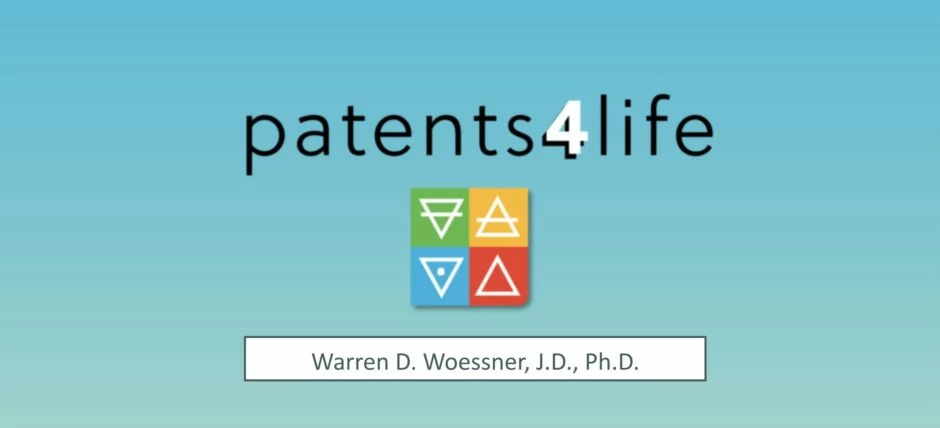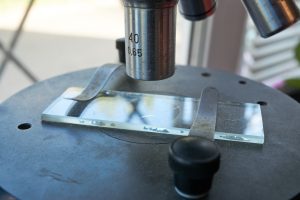 I have posted twice recently on the Fed. Cir.’s opinion in Vanda Pharms., Inc. v. West-Ward Pharm. Int’l, Ltd., Appeal no. 2016-2107 (Fed. Cir., April 18, 2018). The Fed. Cir. affirmed the district court’s ruling that Vanda’s claims in U.S. Pat. No. 8,586,610 were patent-eligible under s. 101. The claims were directed to a method for treating schizophrenia using Vanda’s iloperidone (ilo). Claim 1 relied on two natural phenomena: (1) Genotyping a patient sample to determine whether or not the patient is a producing enough of enzyme CYP2D6 to be a normal metabolizer of the drug or is a “poor metabolizer” of the drug; and (2) Administering less than 12 mg/day of the drug if patient is a poor metabolizer and at least 12-24 mg/day if the patient is a normal metabolizer, to lower the risk of a cardiac side-effect.
I have posted twice recently on the Fed. Cir.’s opinion in Vanda Pharms., Inc. v. West-Ward Pharm. Int’l, Ltd., Appeal no. 2016-2107 (Fed. Cir., April 18, 2018). The Fed. Cir. affirmed the district court’s ruling that Vanda’s claims in U.S. Pat. No. 8,586,610 were patent-eligible under s. 101. The claims were directed to a method for treating schizophrenia using Vanda’s iloperidone (ilo). Claim 1 relied on two natural phenomena: (1) Genotyping a patient sample to determine whether or not the patient is a producing enough of enzyme CYP2D6 to be a normal metabolizer of the drug or is a “poor metabolizer” of the drug; and (2) Administering less than 12 mg/day of the drug if patient is a poor metabolizer and at least 12-24 mg/day if the patient is a normal metabolizer, to lower the risk of a cardiac side-effect.
The two laws of nature were that mutations in the CYP2D6 genes can alter their enzymatic activity and that a patient’s CYP2D6 enzymatic activity affects his/her metabolism of the drug. W-W argued – of course – that the dose adjustment step was simply a routine and conventional way to reduce side effects. Continue reading








